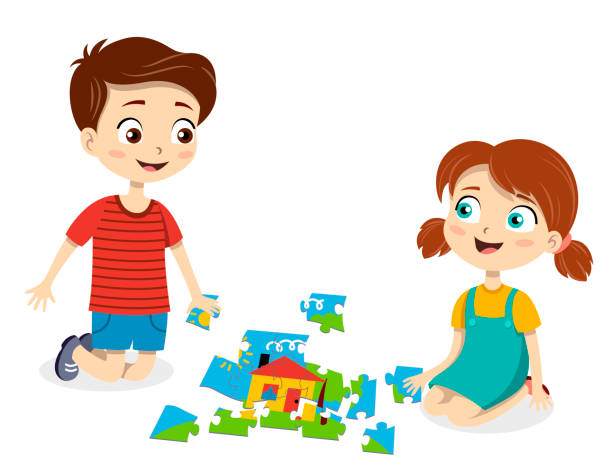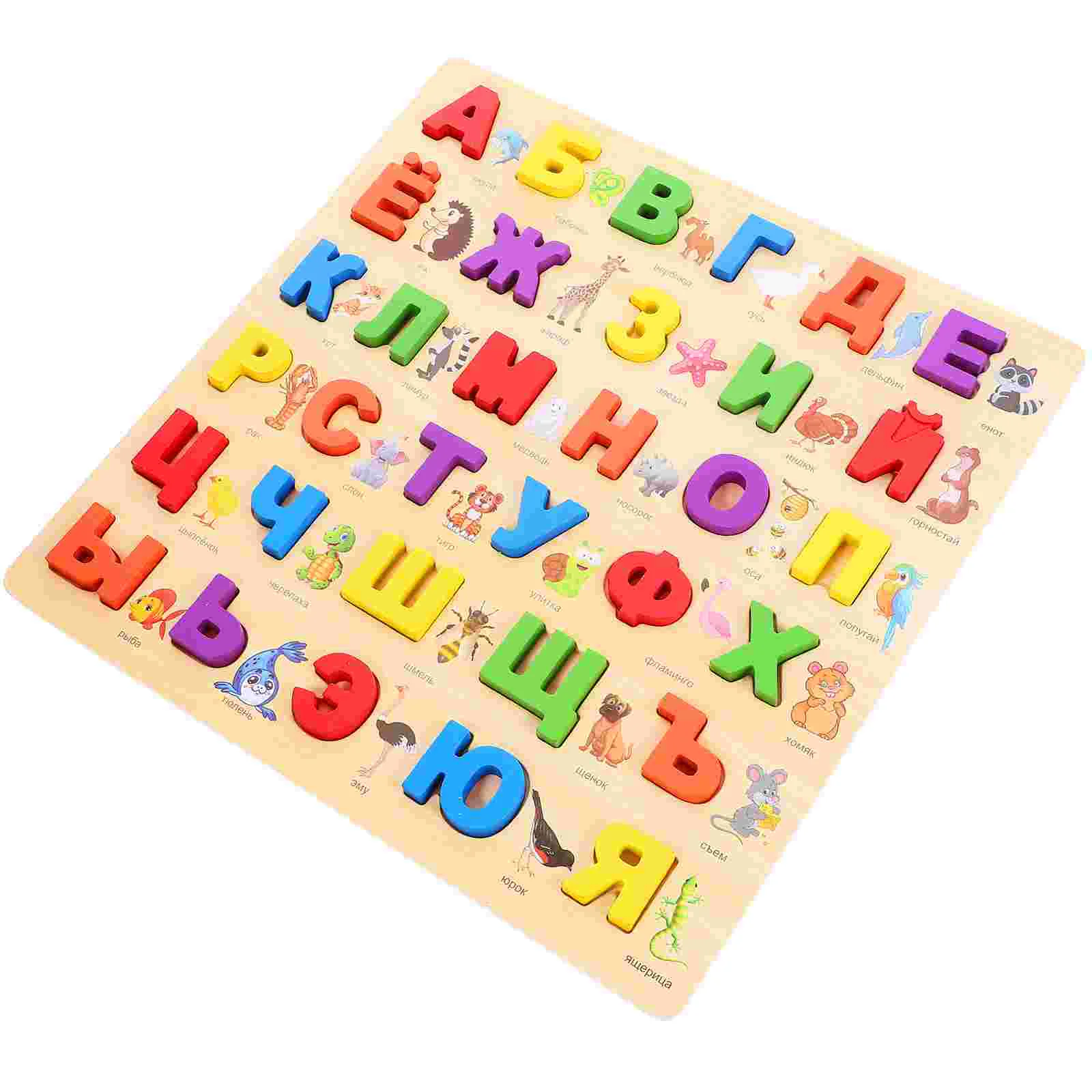
Classic Board Games: Traditional games like Chess, Checkers, Monopoly, and Scrabble that have stood the test of time.
Strategy Games: Games that require critical thinking and planning, such as Settlers of Catan, Risk, and Ticket to Ride.
Cooperative Games: Games where players work together to achieve a common goal, like Pandemic and Forbidden Island.
Thematic Games: Games based on specific themes or stories, such as Dungeons & Dragons, Betrayal at House on the Hill, and Harry Potter: Hogwarts Battle.
Educational Games: Games designed to teach specific skills or knowledge, like Codenames, Math Fluxx, and Trivial Pursuit.
2. Benefits and Developmental Impact
Cognitive Skills: Enhancing strategic thinking, problem-solving, and memory retention through gameplay.
Social Skills: Promoting teamwork, communication, and negotiation skills in multiplayer settings.
Emotional Regulation: Teaching patience, turn-taking, and handling both winning and losing gracefully.
3. Design and Features
Engaging Themes and Artwork: Attractive and thematic designs that draw players into the game's world.
Quality Components: Durable game boards, pieces, and cards made from high-quality materials.
Clear Instructions: Well-written rulebooks and quick-reference guides to ensure smooth gameplay.
4. Making and Manufacturing
Prototyping: Creating initial prototypes to test gameplay mechanics and balance.
Material Selection: Choosing materials for durability and aesthetics, such as sturdy cardboard, wooden pieces, and plastic components.
Production Techniques: Utilizing die-cutting for precision, high-quality printing for vibrant graphics, and assembly for complex components.
5. Care and Maintenance
Storage Solutions: Keeping game pieces organized with storage trays, bags, or custom inserts.
Cleaning and Preservation: Using gentle cleaning methods to keep components free from dirt and damage, and storing games in a cool, dry place to prevent warping or fading.
6. Market Trends and Consumer Preferences
Replayability: Games that offer high replay value through varied scenarios, expansions, and modular components.
Family-Friendly Options: Games that are accessible to a wide range of ages and skill levels, providing fun for the whole family.
Niche Markets: Catering to specific interests, such as history buffs, fantasy enthusiasts, and sci-fi fans with specialized board games.
Crowdfunding: Increasing use of platforms like Kickstarter to fund and market new board games, allowing for innovative and unique game designs.
7. Educational Outcomes and Engagement
STEM Integration: Board games that incorporate science, technology, engineering, and math concepts to reinforce learning in an engaging way.
Historical and Cultural Learning: Games that explore historical events, cultural practices, and geographical knowledge.
Skill Building: Focusing on specific skills such as language, math, or critical thinking through gameplay mechanics.
Conclusion
Board games offer a rich blend of entertainment, cognitive challenge, and social interaction. By selecting games that align with players' interests and developmental needs, individuals and families can enjoy meaningful and enjoyable experiences. The diversity of board games available today ensures there is something for everyone, from classic favorites to innovative new designs, making board games a timeless and valuable part of play and learning.





